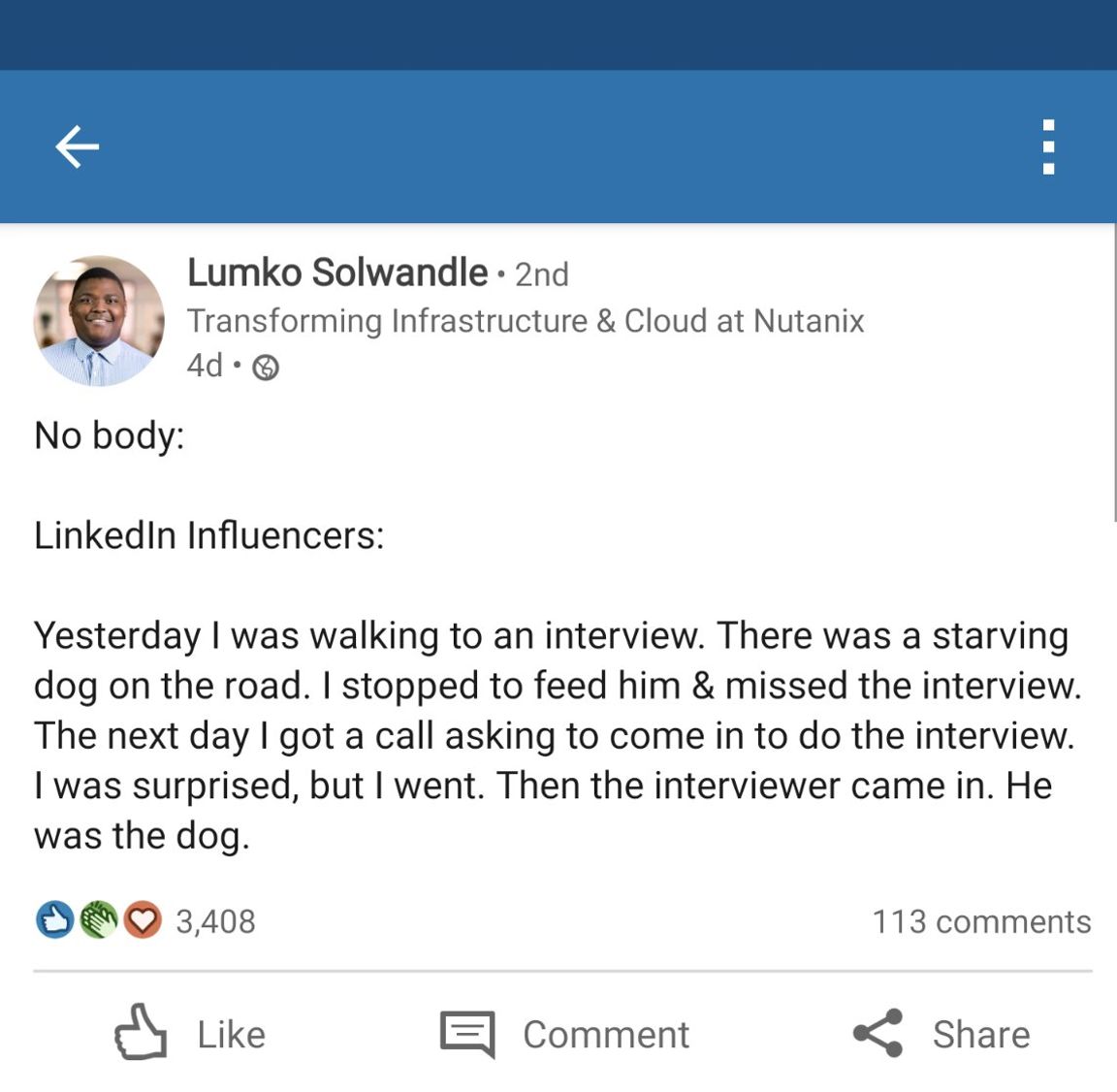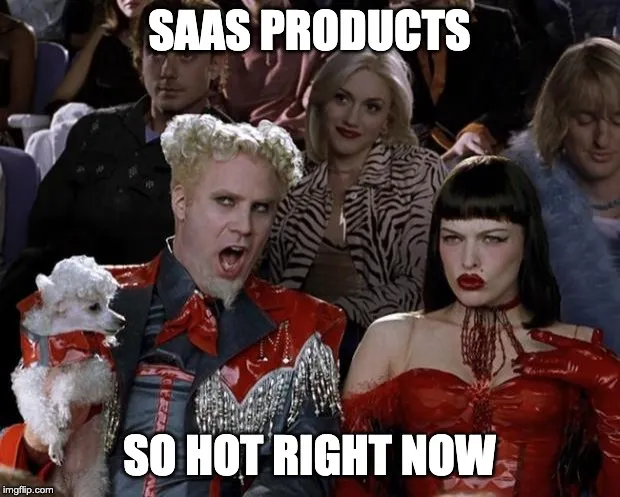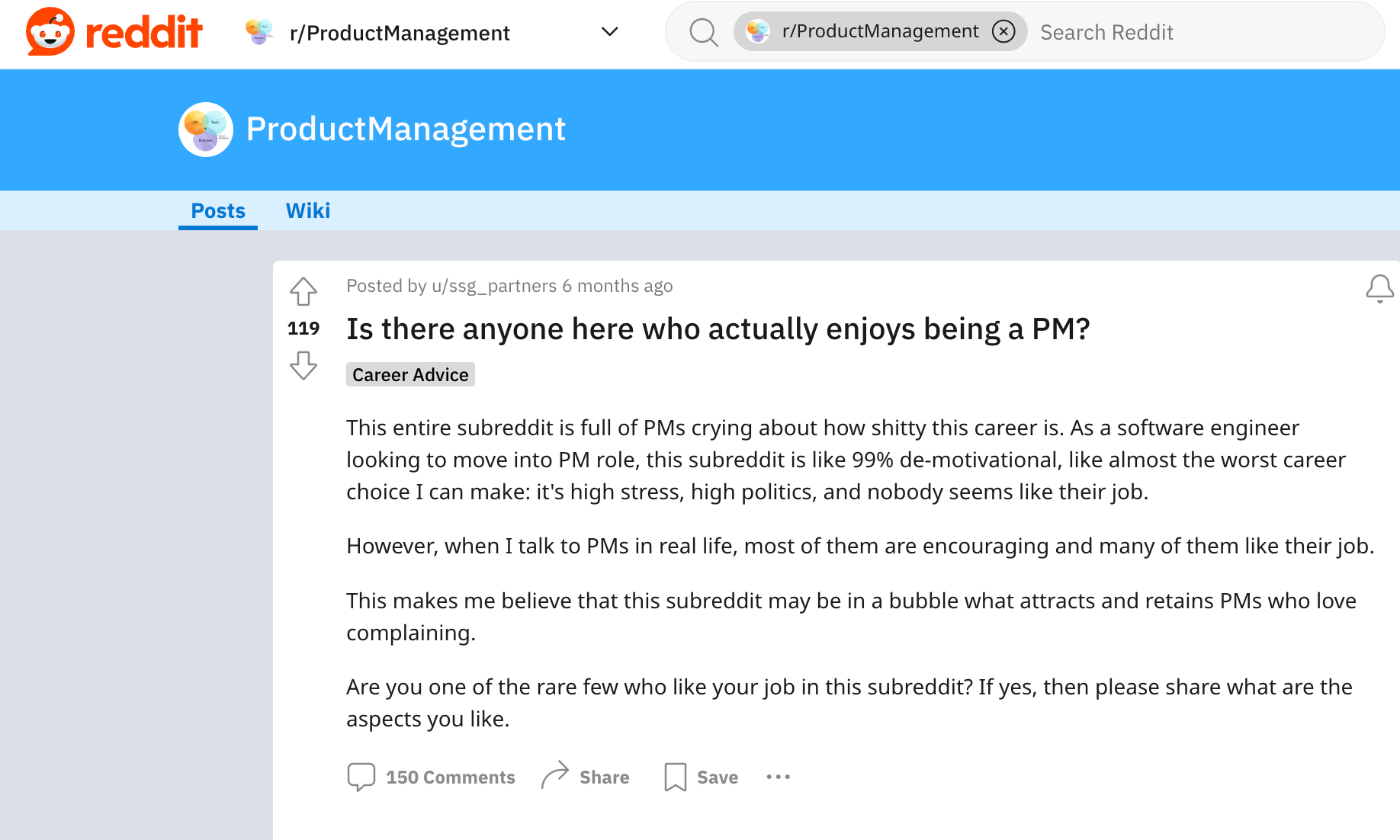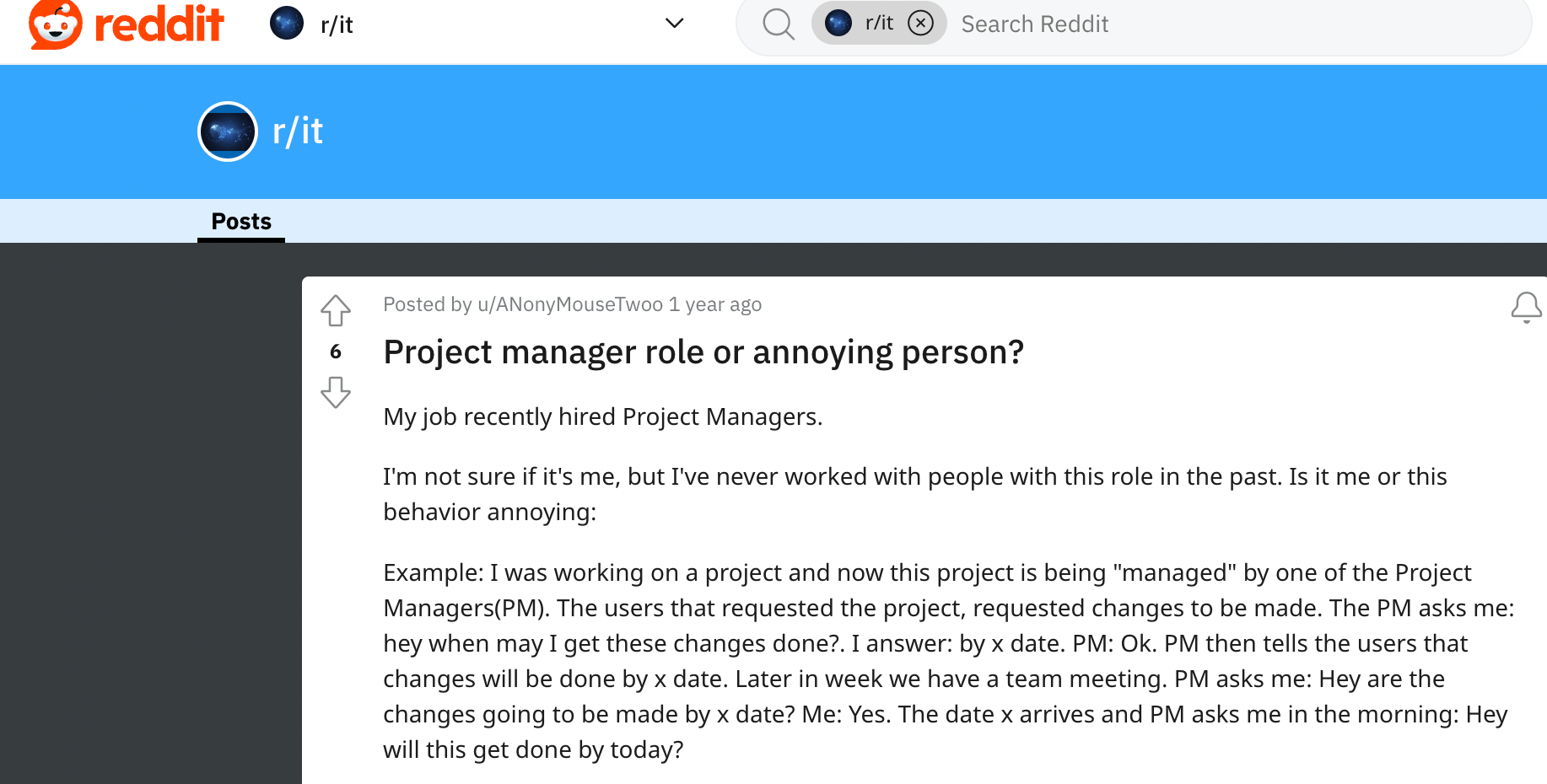The 16 Types of Product Managers

1. The Business Advisor
While strategic insights are valuable for product managers, it's essential to strike a balance that doesn't overshadow operational aspects. When product managers lean too heavily into a business advisory role, there's a risk of neglecting day-to-day decision-making, feature prioritization, and collaboration with cross-functional teams. This shift can also compromise the user-centric approach and overlook technical realities, potentially leading to impractical product plans.
Sure, being business-oriented is crucial; after all, it's what helps PMs create killer roadmaps and decide which features get the green light. In fact, it's sometimes necessary. But, and it's a big but, the first part of that business advisory journey often zooms in on the business landscape, sometimes missing the memo about user needs and technical requirements.
As PMs veer into more business advisor roles (maybe too far) don’t lose sight of those critical signals demanding adjustments in our product strategy. It’s best to strike a balance.
2. The Always Available
This PM is somehow probably too accessible. These PM’s Slack status is always online. If you’re this PM, you probably always answer redundant messages and queries that stakeholders could just find themselves.
This PM could significantly enhance team collaboration and knowledge-sharing by leveraging tools like Collato. Collato breaks down silos and ensures that knowledge is readily accessible to the entire team. With Collato seamlessly integrated into Slack, this PM can empower their team to explore and find answers independently, reducing the need for redundant queries. What sets Collato apart is its commitment to utilizing only the team's knowledge, and citing sources to guarantee relevance and accuracy.
Even better, Collato can write tailored product documents, too, so you can spend more time doing what you love and less time worrying about writing, managing, and sharing documents.
3. The Networker
LinkedIn is great, but we're building products, not just adding connections. It’s a bit exhausting, especially if the team is struggling and on social media, the PM is acting like an influencer. Not a good move. It's all about striking that delicate balance between authenticity and professionalism in the digital professional sphere.
That being said, LinkedIn is a powerhouse for staying up-to-date with industry trends, with a feed that acts as a real-time pulse of what's happening in product development. Beyond its informative aspects, LinkedIn serves as a networking haven, allowing product managers to effortlessly reconnect with old friends and colleagues, fostering valuable professional relationships. The platform also doubles as a job marketplace, offering a seamless avenue for exploring new career opportunities.

4. The SaaSy One
From the ubiquitous hoodie and standing desk to the constant hum of brainstorming sessions, this PM thrives on the high-energy, fast-paced environment typical of startups. Always armed with the latest tech gadgets and a mindset geared towards disruption, they approach product management with an entrepreneurial spirit. This PM doesn’t just navigate roadmaps; they're crafting the trajectory of a product with the agility and adaptability characteristic of startup culture. Whether it's diving into rapid prototyping or fostering a culture of innovation, this product manager lives and breathes the dynamic ethos that defines the startup landscape.

5. The Stickler
These PMs are sticklers for frameworks and guidelines.
Frameworks in product management play a vital role by providing structured approaches for decision-making and problem-solving. They offer a systematic way to analyze data, assess market conditions, and prioritize tasks, helping product managers organize thoughts, generate ideas, and facilitate discussions within teams. While not exhaustive, frameworks are valuable tools guiding strategic thinking and fostering a consistent, collaborative approach within an organization. They enhance communication by providing a common language for complex subjects.
However, an overreliance on frameworks can lead to pitfalls, such as a rigid problem-solving approach, overlooking contextual nuances, stifling innovation, and limiting adaptability. Excessive focus on frameworks may also hinder effective navigation of complex situations, create a false sense of certainty, impede team collaboration, and undermine intuition. Therefore, a balanced and flexible approach is essential for successful decision-making in the dynamic landscape of product development.
6. The Credit Thief
This one is a real gem. Maybe it’s the power dynamics or office politics, but taking someone else’s credit is not cool. And it only seems to happen when there are successes.
A good PM acts as the vital link that binds a cross-functional team together. Beyond managing tasks, their role extends to fostering open communication and shielding the team from external disruptions. They serve as a bridge between technical and non-technical aspects, ensuring a seamless flow of information while adeptly managing stakeholder expectations. In times of conflict or decision-making, PMs step in as problem solvers, too.
Rather than appropriating individual praise, a good PM directs recognition to the entire team. Transparent leadership is key because it fosters trust and collaboration. Actively promoting team achievements, deflecting credit to specific contributors, and establishing recognition rituals are strategies that create a culture where success is acknowledged as a collective effort. By consistently giving credit where it is due, PMs not only bolster team morale but also contribute to the sustained success of the product and the overall organizational dynamic.
7. The Bridge
A good PM serves as the bridge connecting various teams within an office. It’s often an uphill battle to make sure everyone is on the same page, but when done right, it’s absolutely essential. This involves translating technical jargon into accessible language for non-technical stakeholders and conveying business goals and user needs to the development team.
By fostering collaboration and understanding among diverse groups, the product manager becomes the linchpin that aligns different perspectives, facilitating smoother workflows, and ultimately contributing to the overall success of the product. Their role as a bridge builder is beyond managing tasks; it's about cultivating a unified vision that harmonizes the efforts of different teams and stakeholders toward a common goal.
8. The Sprinter
When done right, sprints are collaborative and innovative. They can transform products and features in a short period and reinvigorate teams. Sprints play a pivotal role in product management by offering a structured framework that promotes collaboration, efficiency, and innovation. When implemented effectively, sprints provide several advantages for product managers:
- Focused Iteration
- Rapid Prototyping
- Adaptability
- Cross-Functional Collaboration
- Risk Mitigation
- Customer-Centric Development
There is a time and a place for sprints. But–we don’t need to be doing them all the time. If your team is constantly doing sprints, or sprinting with “bad form,” then you’re going to burnout. Don’t make your team feel like it’s just producing things for the sake of speed.

9. The Smartest Person in the Room
Every meeting feels like a one-person show. If you’re lucky, sometimes it feels like a bad stand-up routine. The Networker and Smartest Person either hate each other or are the same person—no in-between.
The true skill of a PM, though, lies in being an attentive listener rather than a constant talking head. It's about facilitating discussions, valuing everyone's input, and harmonizing diverse perspectives to find the best solution. In this way, the PM becomes the orchestrator of collaborative success, where the spotlight shines on the collective brilliance rather than a solo performance.
10. The Reactor
The Reactor is fantastic in a crisis. A little proactive planning would go a long way in preventing those moles from popping up in the first place. These types of PMs normally impress upper management because they “do well in a fast-paced environment.” There is absolutely a place for reactive product management, but here are some reasons to invest in proactive product management, too:
- Staying Ahead of Trends: Proactive product managers anticipate market shifts, allowing them to plan and adapt before the competition. This foresight helps in aligning the product with long-term business goals.
- Avoiding Last-Minute Crises: Proactive management identifies potential issues early, mitigating risks and ensuring smoother product development. This approach minimizes surprises and keeps the project on track.
- Meeting Customer Expectations: Actively seeking customer feedback and market insights allows proactive product managers to develop features that resonate with users. This customer-centric approach boosts satisfaction and loyalty.
- Optimizing Resources: Proactive planning helps in efficiently managing resources, including time, budget, and team capacity. By anticipating needs, product managers avoid resource shortages and optimize project outcomes.
- Adapting to Change: Proactive product managers respond effectively to changes in the market or business environment. Anticipating shifts allows for agile adjustments, keeping the product competitive and responsive to emerging opportunities or challenges.
11. The Bobblehead
Look, you don’t have to say yes to everything. In fact, saying no to things in product management is probably the most important skill you can have. It’s good to be ambitious, but don’t sign your team up for things that just aren’t deliverable–especially if you’re reacting to other crises.
12. The Redditor
Look, it’s nice to have a community. But taking [all] complaints to Reddit instead of addressing them internally? That's a recipe for a toxic work environment. Open communication within the team is key.
That being said, like LinkedIn, Reddit is a good place to stay connected and informed. We can’t fault it too much.

13. The Fortune Teller
This PM with an uncanny knack for always having the right hunch. The Fortune Teller manages to turn predictions into reality more often than not. After all, in the realm of product management, a touch of magic can be effective, but, maybe deep down, The Fortune Teller knows that grounding decisions in facts is the real key to success.
14. The Lone Wolf
The Lone Wolf prefers solitude over teamwork. Sometimes, embracing a bit of a lone-wolf mentality can be a strategic move. There are moments when taking a solo deep dive into research or problem-solving allows for a unique perspective and a chance to generate innovative ideas independently. Balancing collaboration with occasional solitary exploration not only fosters individual growth but also brings a diverse set of insights to the collective team effort, enhancing overall productivity and creativity.
Collaboration is the heartbeat of successful product management, though. Why?
- Strategic Collaboration: Align cross-functional teams strategically to streamline project execution and achieve efficient outcomes.
- Advanced User-Centric Approach: Collaborate with designers and developers for sophisticated product iterations that surpass user expectations and elevate the product's market presence.
- Swift Problem-Solving: Showcase expertise in quick problem resolution within the collaborative environment, demonstrating midlevel leadership in overcoming challenges.
- Informed Decision Collective: Lead collaborative decision-making sessions, guiding the team to make informed choices that align with the midlevel product strategy.
- Agile Adaptation Mastery: Demonstrate agility in steering the product strategy collaboratively, making quick adjustments to meet evolving business goals and dynamic customer needs.

15. The Micromanager
Micromanaging is detrimental to product management. It stifles creativity, demotivates teams, and narrows vision. If you’ve ever worked with a micromanager, you know how bad this one is. Don’t be one. The Stickler is well on his way to be The Micromanager.

16. The Dora
Can you help me find my (road)map?!” The Dora is lost in the jungle of project management. We need a product manager who not only has a map but also knows how to read it. It's not a treasure hunt; it's a structured journey to a successful product.
Product managers should always maintain a roadmap as it serves as the guiding blueprint for the product's development journey. The roadmap is a strategic tool that aligns the team, stakeholders, and resources toward a common vision. It provides a visual representation of the product's trajectory, outlining key milestones, features, and deadlines.
This clarity helps in managing expectations and communicating the product strategy to various stakeholders, fostering transparency and buy-in. A well-crafted roadmap not only acts as a navigational tool for the development team but also aids in prioritizing tasks, allocating resources effectively, and adapting to changing circumstances. Ultimately, it fosters a purposeful and coordinated approach to product development.
TL;DR
No matter what your style, whether you're the Business Advisor or the SaaSy One, we’re all just figuring it out as we go, one sprint, roadmap, and LinkedIn connection at a time.





